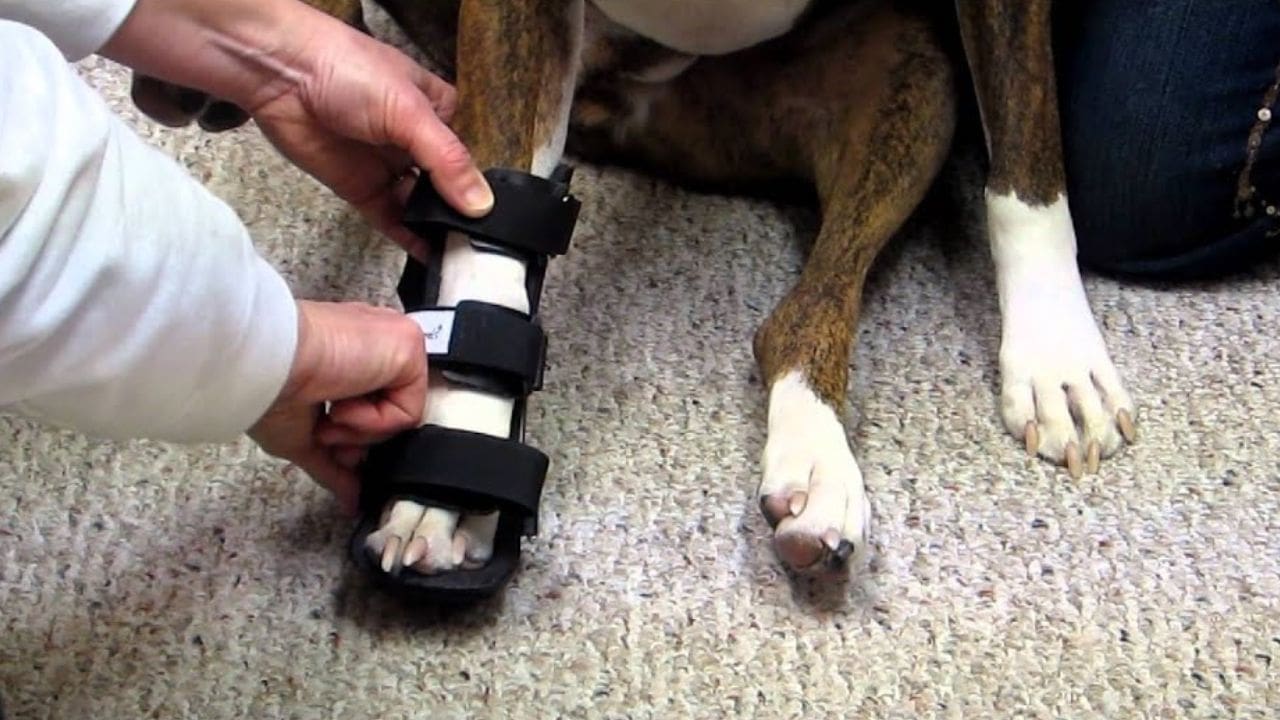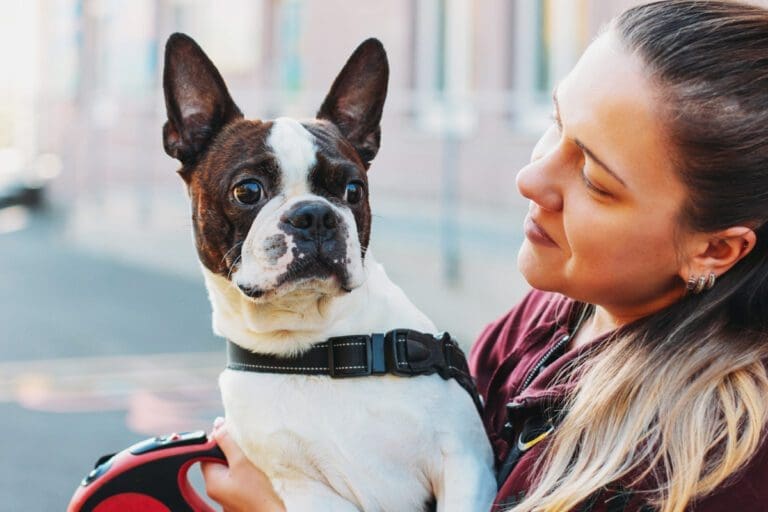Pets are part of the family, and just like with humans, emergencies can happen when you least expect them. Whether it’s a choking incident, poisoning, or a sudden illness, knowing how to react quickly could save your pet’s life.
Here are 10 pet emergencies every owner should know how to handle—and when to get to the vet ASAP.
1. Choking
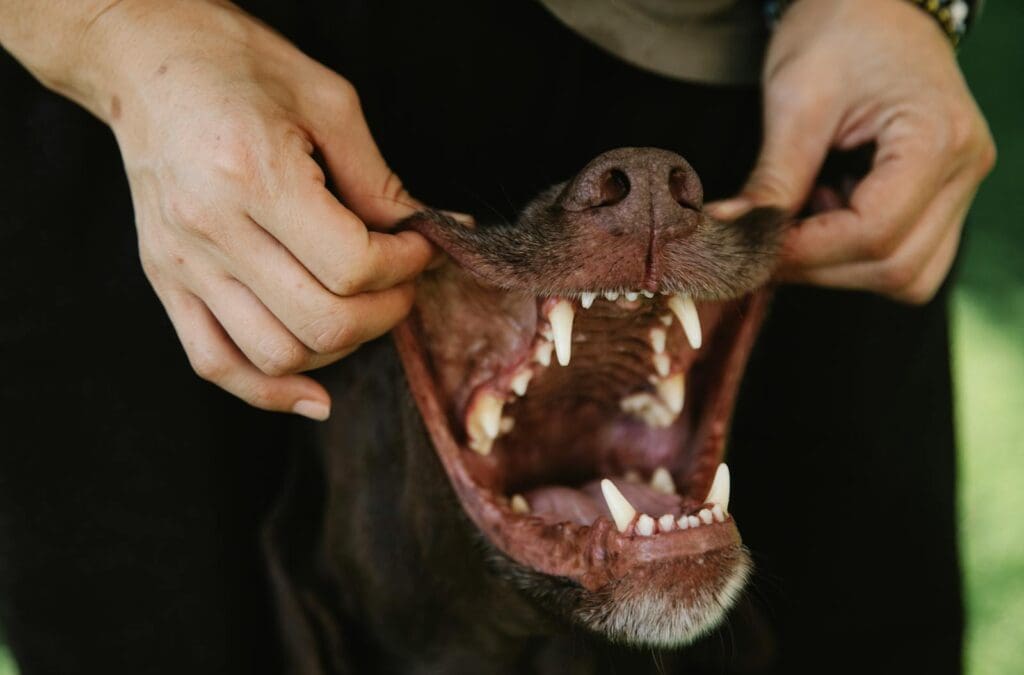
If your pet is choking on food, a toy, or another object, stay calm. Look inside their mouth and remove any visible obstruction, but never push it further down. If they can’t breathe, perform the pet Heimlich maneuver—for dogs, apply firm upward thrusts behind the ribcage; for smaller pets, hold them upside down and gently tap their back. Seek emergency vet care immediately.
2. Poisoning
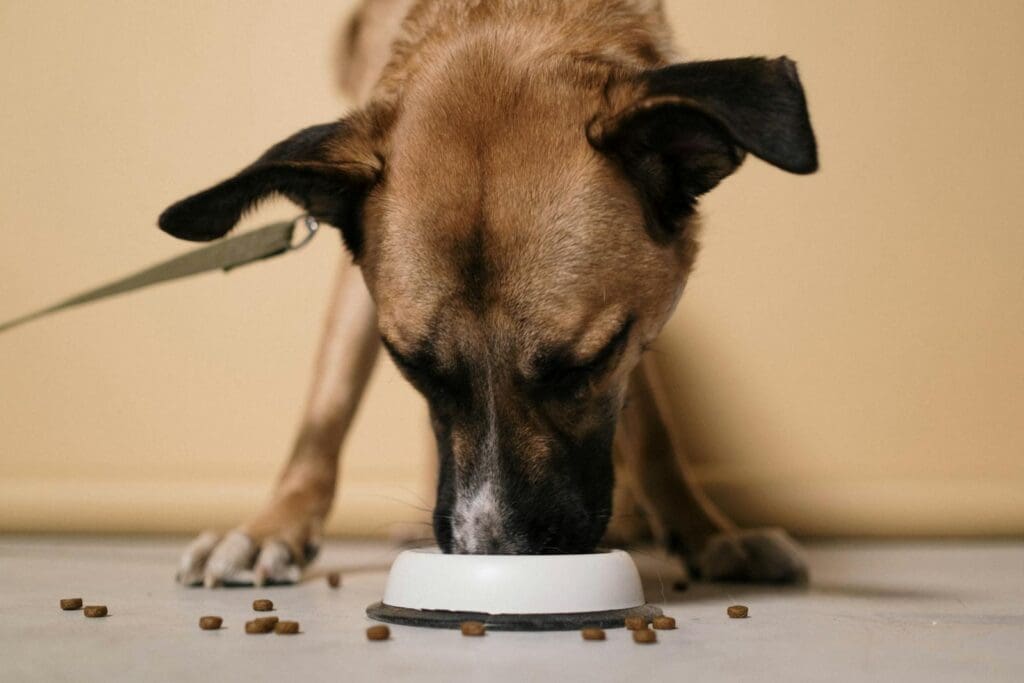
Pets can ingest toxic foods (chocolate, grapes, onions), household chemicals, or even plants. If you suspect poisoning, don’t induce vomiting unless instructed by a vet. Call your vet or a pet poison control hotline immediately and provide details on what they ate.
3. Seizures

Seizures can look scary, but don’t try to restrain your pet. Instead, clear the area of sharp objects, dim the lights, and time the seizure—if it lasts more than 2–3 minutes or happens repeatedly, get emergency care. Afterward, keep your pet calm and contact your vet.
4. Heatstroke
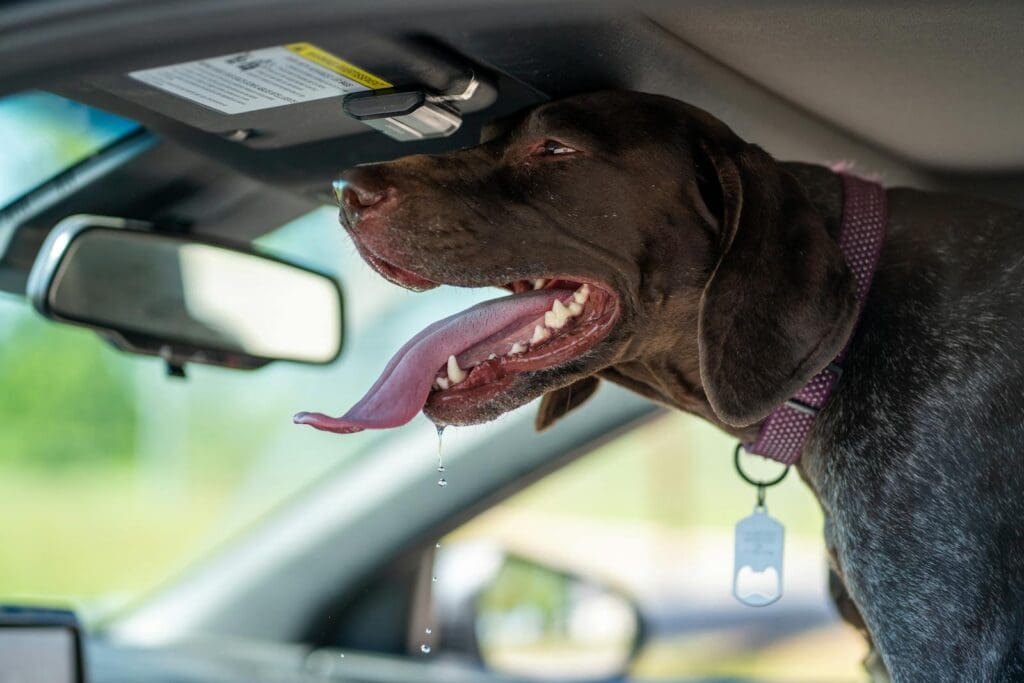
Pets overheat quickly, especially in hot cars or during intense exercise. Signs include excessive panting, drooling, and weakness. Move your pet to a cool (not ice-cold) area, offer water, and apply cool towels to their belly and paws. Heatstroke can be fatal, so head to the vet immediately.
5. Severe Bleeding
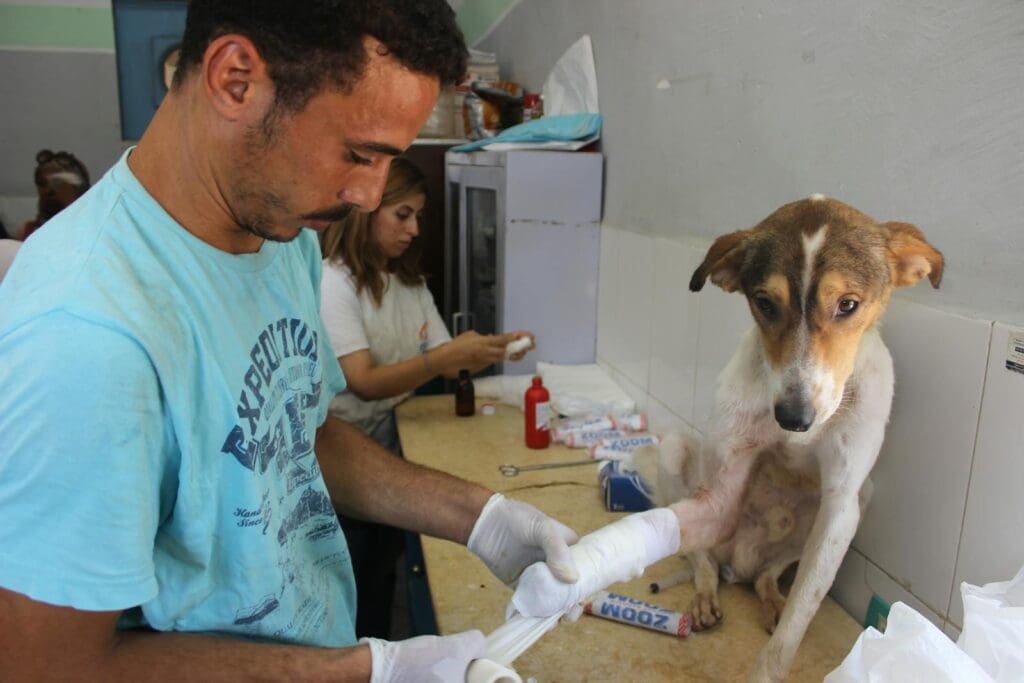
If your pet is bleeding heavily, apply firm pressure with a clean cloth or bandage. If the bleeding doesn’t stop within a few minutes or is from a deep wound, go to the vet. For leg injuries, apply a tourniquet only as a last resort and loosen it every few minutes.
6. Broken Bones or Severe Trauma
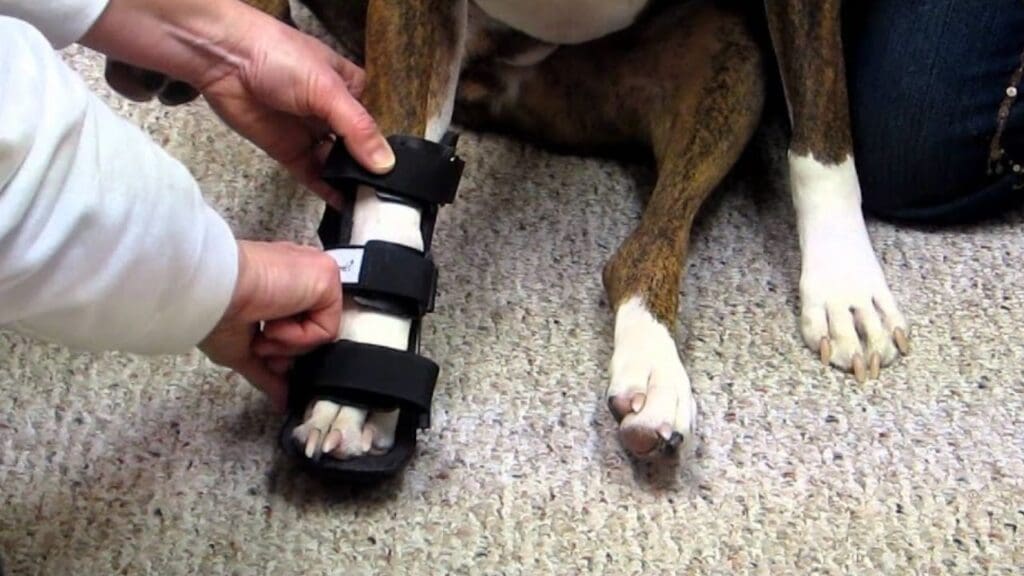
If your pet has been hit by a car or had a serious fall, keep them as still as possible. Use a blanket or towel as a stretcher and avoid touching the injured area. Even if they seem okay, internal injuries may not be visible, so get them checked by a vet.
7. Bloating or Sudden Abdominal Swelling (GDV in Dogs)

If your dog’s belly looks distended, they’re restless, retching without vomiting, or seem in pain, get to the vet immediately. This could be bloat (gastric dilatation-volvulus, GDV), a life-threatening condition that requires emergency surgery.
8. Difficulty Breathing
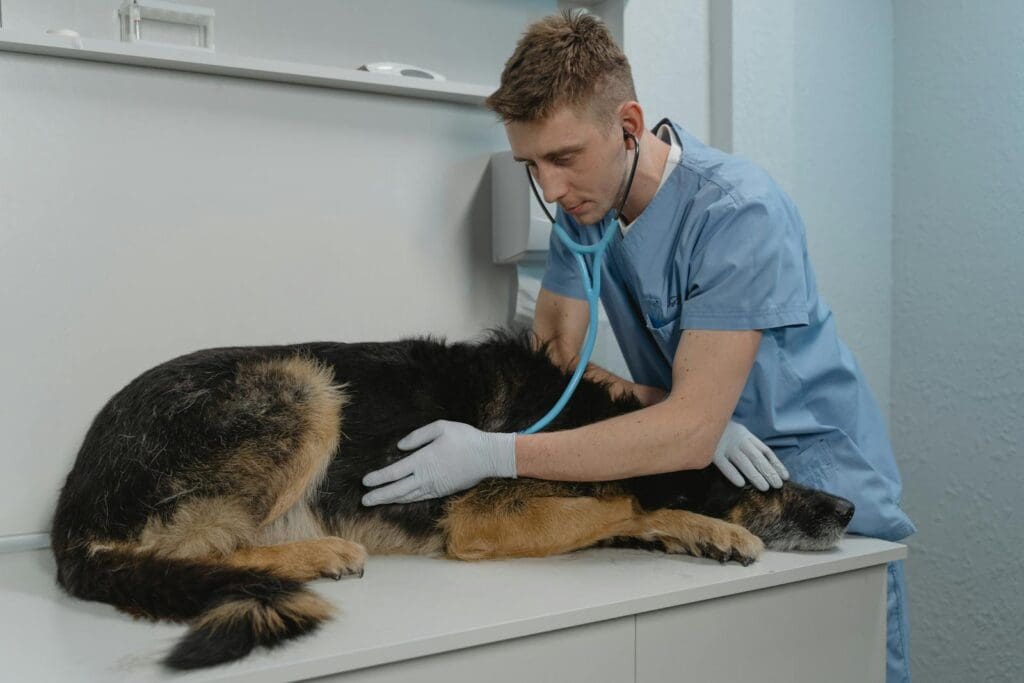
Labored breathing, wheezing, or blue gums mean your pet isn’t getting enough oxygen. This could be due to allergies, heatstroke, or heart problems. Keep them calm, avoid stress, and seek emergency vet care immediately.
Read More: Pet-Safe Pest Prevention: 10 Eco-Conscious Tips
9. Eye Injuries or Sudden Blindness

Eye injuries, swelling, or sudden vision loss can be caused by infections, scratches, or pressure buildup (glaucoma). Don’t touch or rinse the eye unless instructed by a vet. Seek immediate care, as eye conditions can worsen quickly.
Read More: PAY ATTENTION: 10 Signs of Heat Strokes in Dogs
10. Collapse or Sudden Weakness

If your pet suddenly collapses or has difficulty standing, it could be a sign of shock, internal bleeding, or organ failure. Keep them warm, monitor breathing, and get to the vet immediately.
Emergencies are scary, but knowing what to do can make all the difference. Always keep a pet first aid kit on hand, have your vet’s contact information saved, and react quickly when something seems wrong. A few minutes could save your pet’s life!
Read More: 10 Common Pet Injuries and How to Handle Them at Home

